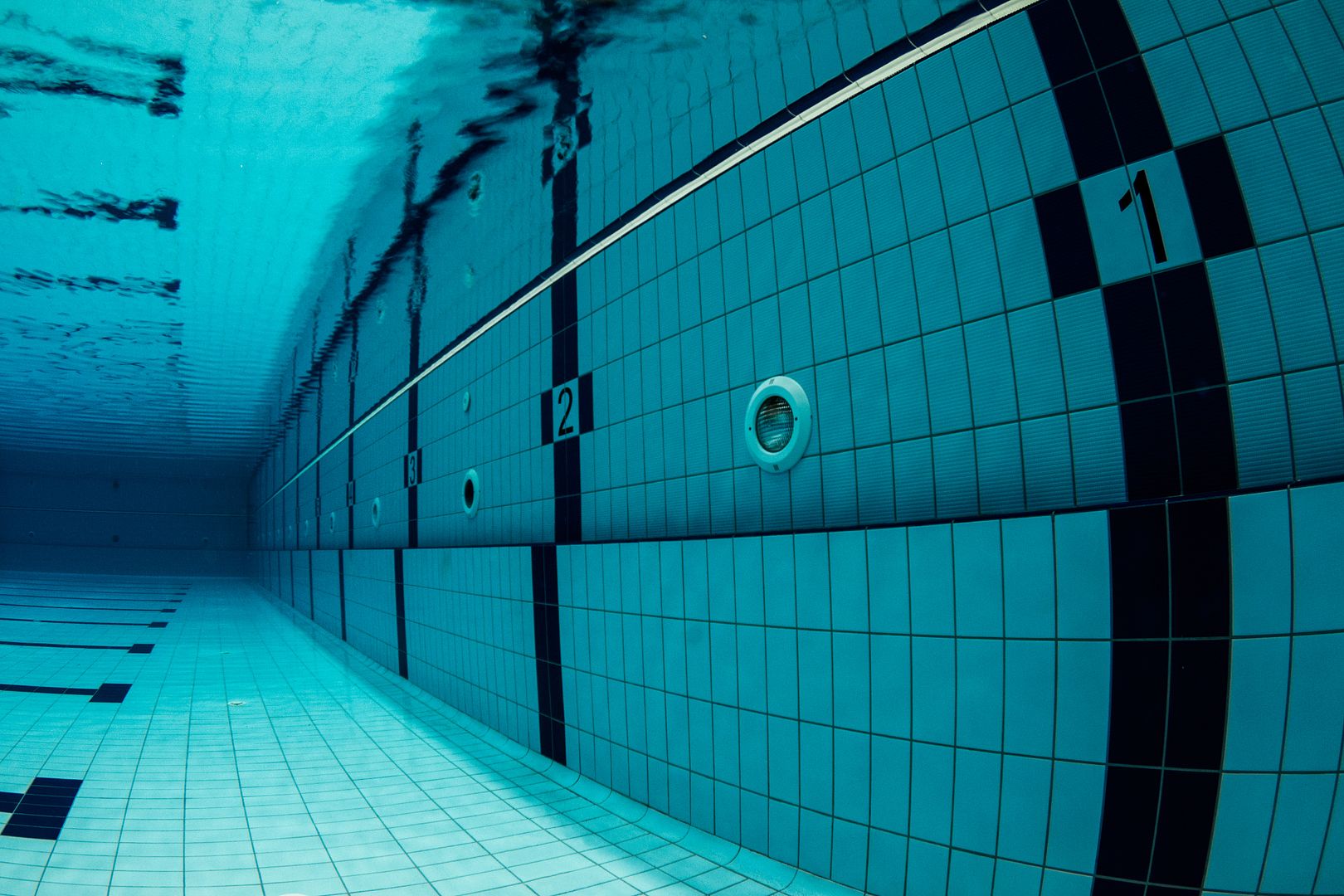CMT Patient on Team USA Goes for Paralympic Gold in Swimming
Written by |

UnderTheSea/Shutterstock swimming pool
Following the Olympics, now comes the Tokyo 2020 Paralympic Games, which will spotlight thousands of competitors with various disabilities from more than 150 countries across the globe.
Competing for Team USA in swimming will be Jamal Hill, of Southern California, who has Charcot-Marie-Tooth (CMT) disease.
Along with five other members of Team USA, the 26-year-old will be among 620 swimmers from all over the world who will vie for wins in 146 medal events in Tokyo.
Hill will compete in the 50 freestyle in the S9 classification and perhaps the 100 freestyle race in the S10 class. In the Paralympic Games, physically impaired athletes compete in classifications ranging from one to nine or 10, depending on the event. The higher the classification, the less severe the impairment.
Six of the American swimmers, including Hill, are members of U.S. Masters Swimming, which is a national governing body for masters swimming, an organized swimming program for adults.
A natural in the water early on, Hill joined a team in his native California at age 6. During that time, there were no signs that he had CMT, a group of rare disorders of the peripheral nervous system, which is the network of nerves that supply movement and sensation to the arms and legs.
While inherited CMT defects are present from birth, symptoms may not appear until late adolescence or early adulthood. Among CMT’s main symptoms, muscle weakness and diminished sensation in the limbs make swimming particularly challenging, since the sport relies on leg strength.
When Hill turned 10, the disease suddenly showed up.
“For whatever reason, it kicked in at that point and sent me into a temporary state of full-body paralysis,” he said in a U.S. Masters Swimming press release. “I was hospitalized for a couple weeks, and when I came out, I was left with a new body.”
That new body included lower legs that lacked feeling, and 30% of normal sensation in his forearms. Still, he kept his condition to himself and kept swimming. It was while competing in a Division III program at Hiram College, in Ohio, that he decided to pursue swimming as a career.
But that necessitated a return to his home in Southern California — and an acceptance of his disease.
A turning point was meeting Wilma Wong, a swim consultant and mental performance coach. She had sensed that Hill was hiding something about his condition.
“That’s the first time I came out of that proverbial disability closet,” he said, of acknowledging his CMT diagnosis.
After that, rather than try to qualify for the U.S. Olympic Team swimming trials, Hill focused on trying to become the planet’s best Paralympic swimmer. Wong was all in.
In this new arena of international competitions, Hill has newfound celebrity status. For one thing, he got a Speedo endorsement deal that made him known throughout the country. In fact, his image is on a structure near the YMCA where he learned to swim.
“There’s now an eight-story building with my mug plastered all over the side of it with that Speedo campaign,” he said.
Hill became associated with Masters while in California five years ago, when the program’s meets gave him a place to race.
“That gave me an avenue to pursue my dream, and I had an opportunity to network and meet people,” he added.
Ultimately, that association led him to the Paralympics. When time allows, Hill continues to compete in Masters events “to continue to fine tune and practice racing,” he said.
But for now, Hill has an immediate goal: to try to earn a medal as a Paralympic swimmer in Tokyo.






